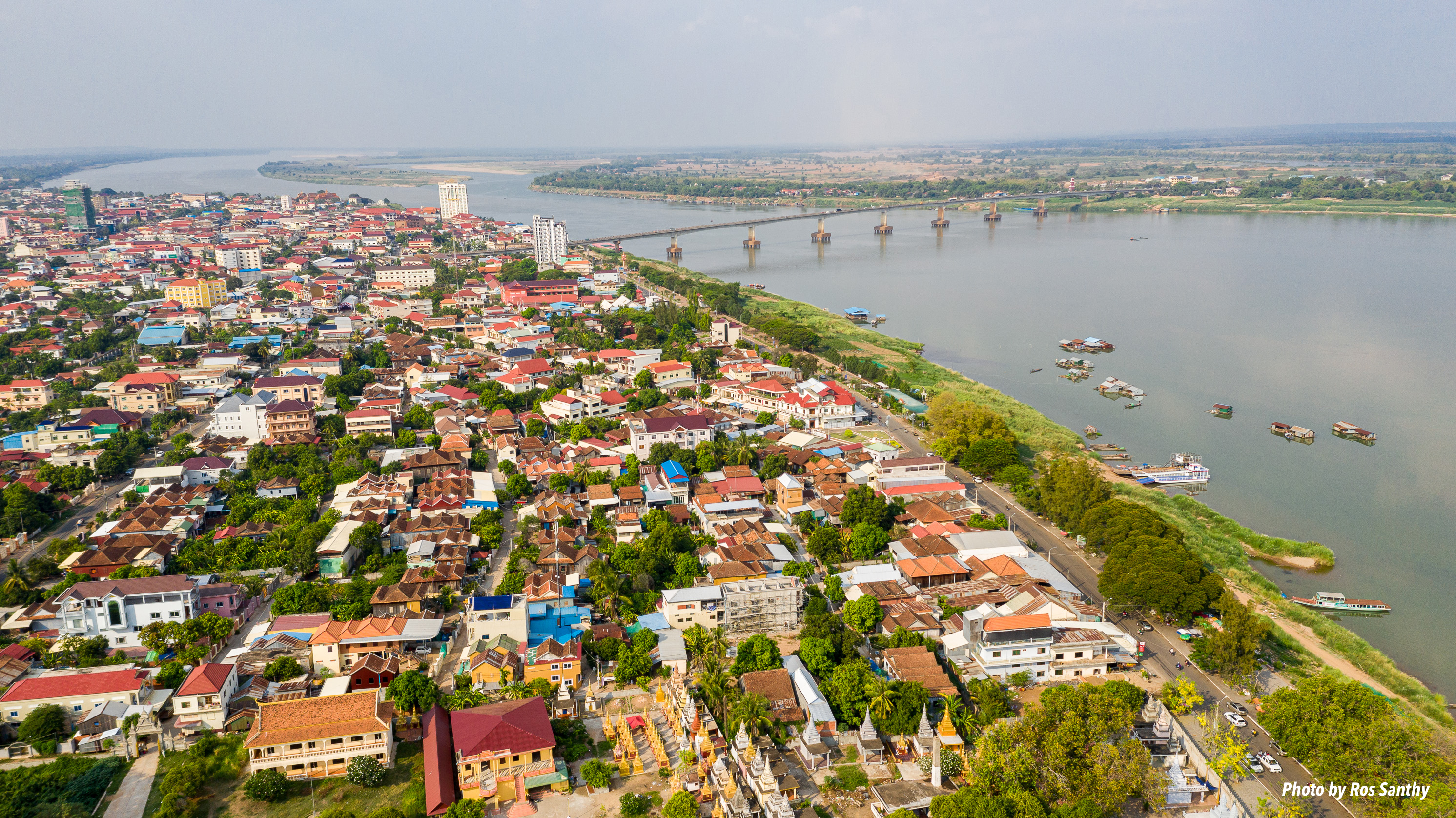Cambodia has a unique opportunity to redefine its drivers of economic growth, promoting greener and more sustainable production and consumption.
Turning Uncertainty into Opportunity: Doubling Down on Cambodia’s Human Development
September 30, 2022

This piece was originally published on Asia Times. You can also find it on Cambodia Investment Review, The Cambodia Daily and Khmer Times.
Over much of the last two decades, Cambodia’s economy has grown at an impressive average rate of nearly eight percent, one of the fastest-growing economies in the world. Significant advances were made in reducing poverty and improving health and education.
Yet, looking behind the averages, social and economic disparities persist, and in some instances, disparities have widened during the pandemic.
The World Bank estimates that about 18 percent of the population live below the poverty line of US$2.70, per person per day . The Global Inequality Index 2020 ranks Cambodia eighth out of the 10 ASEAN member states, and 111th out of the 158 studied countries.
Informal employment remains the prevalent ‘sector’ of livelihood for more than 90 percent of employed Cambodians ; they do not benefit from national health and social security systems. While this is not unusual in many Asian economies, it reinforces economic and social vulnerability, and makes it harder for households to absorb the impacts of the pandemic, cost of living hikes, or natural disaster shocks.
If not addressed, these multidimensional aspects of vulnerability can severely limit Cambodia’s recovery efforts. The country’s GDP is expected to drop to 4.9 percent this year, compared to the estimated 5.5 percent, due to the indirect impacts of the war in Ukraine.
The country lost nearly three years of human development gains in 2020 and 2021 , a regression not seen since the civil war. This is largely due to the decrease in access to education as schools were closed to contain the spread of COVID-19. So, despite a rapid vaccine roll-out and high rates of vaccine coverage, as well as socioeconomic support offered to people during the pandemic, the country will need to make some bold policy and investment decisions to boost and sustain recovery.
The level of unpredictability makes it more challenging for countries across the world to anticipate risks and determine the right mix of policies and programmes to absorb shocks and move forward.
Price shocks and disruption of value chains, heightening food insecurity and loss of livelihoods, slow economic recovery, widened inequality and debt distress, compounded by climate emergencies and geopolitical conflicts, are driving countries and communities further into that uncertainty complex. New tools and capacities are needed to anticipate and respond to such shocks to protect the most vulnerable.
Investing in peoples’ capabilities through universal health care and education, with a progressive fee structure that makes these essential services accessible and affordable to all, has a high payoff. Countries that invested in public health and education recovered faster. Targeted basic income and social protection for the poorest and most vulnerable people have been shown to reduce inequalities and enhance resilience.
Moving fast on digital transformation to improve access to services and information, with specific attention to bridging the digital divide also helps reduce inequality and capability gaps in societies. This would also hold true for Cambodia for empowering its young population – especially marginalized women and men, persons with disabilities, indigenous and ethnic minorities, and the poorest segments of society.
Cambodia has a unique opportunity to redefine its drivers of economic growth, promoting greener and more sustainable production and consumption. It has adopted an ambitious climate agenda and is increasingly realizing the associated opportunities for economic growth and social development.
Industry, tourism, construction, and transport are sectors that would benefit from looking into renewable sources of power, energy efficiency, and clean technology. Thus, it is crucial to strengthen institutions and incentives, and adopt the optimal energy mix and pricing structures to ensure energy security and just access for all.
As Cambodia aims to graduate to Middle Income Country, becoming a regional leader in the green economy can enhance its competitiveness in international markets and attract private investments. This graduation, expected as early as 2024, will bring with it the phasing out of preferential trade regimes and access to specific funds offered to Low Developed Countries, and a decrease in overseas development assistance.
The development financing composition available to the country will also change, thus, the need to explore and pursue innovative, non-traditional, public-private partnerships and market-based financial solutions that incentivize and support a green and equitable growth trajectory.
Cambodia is not alone. Building on its vast global network of expertise and long-standing experience across the Asia Pacific region, UNDP is committed to scaling up its support and leveraging its partnerships to help prepare Cambodia for smooth transitions to higher human development and income status.
The pandemic has changed our lives, livelihoods, and the way our societies are governed. It has reversed development gains globally and spurred the need – and opportunity – to double down on investment in human development to empower people to take charge of their lives and livelihoods, and to rethink the concept and measurements of progress.

 Locations
Locations


